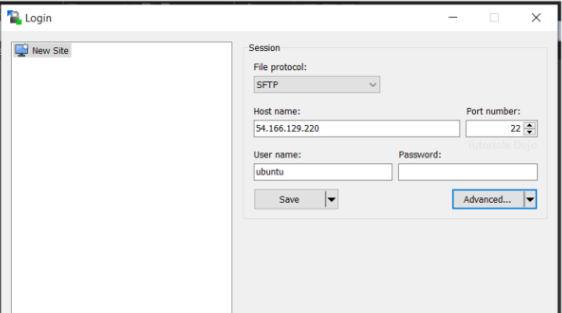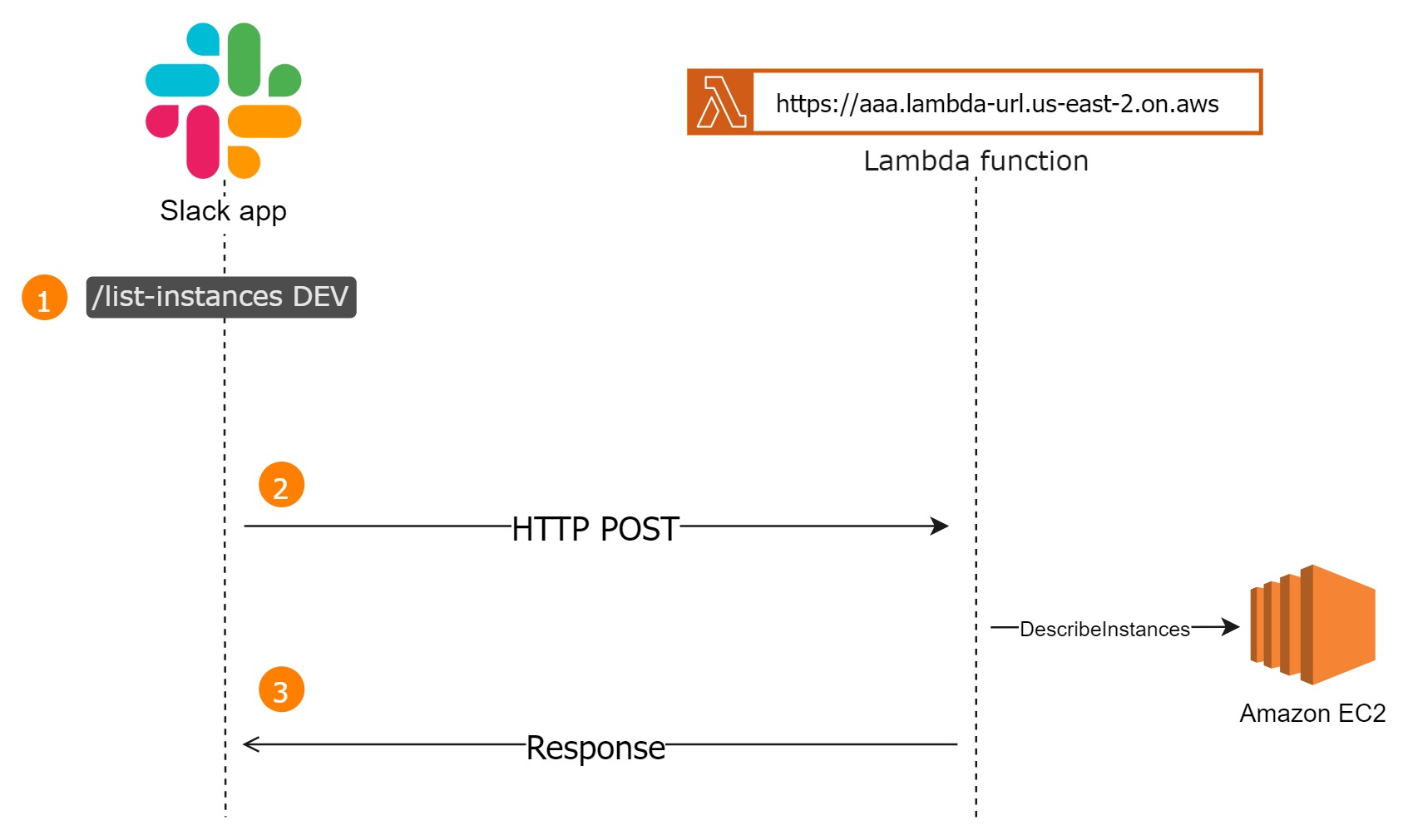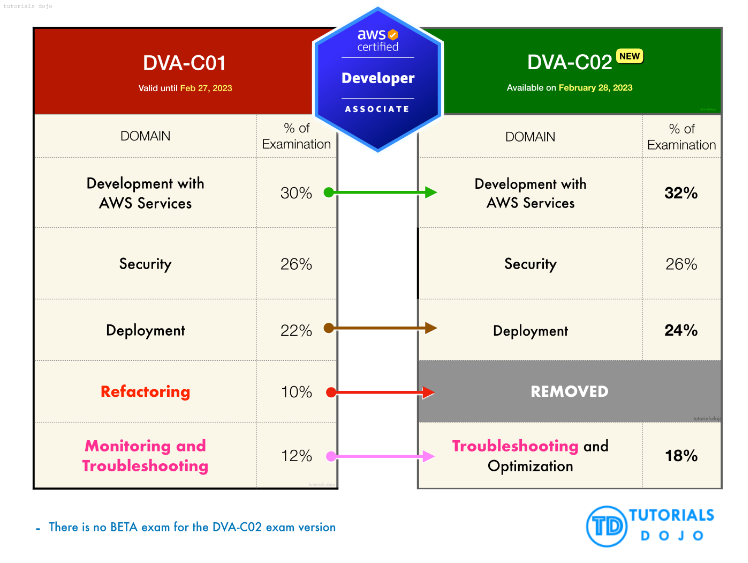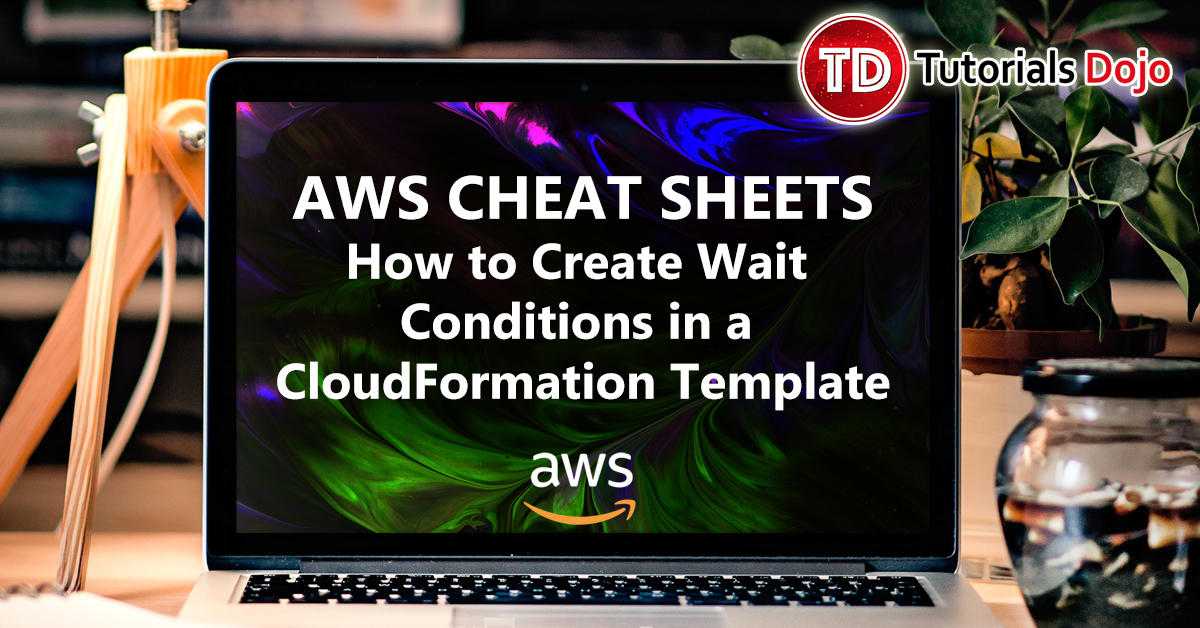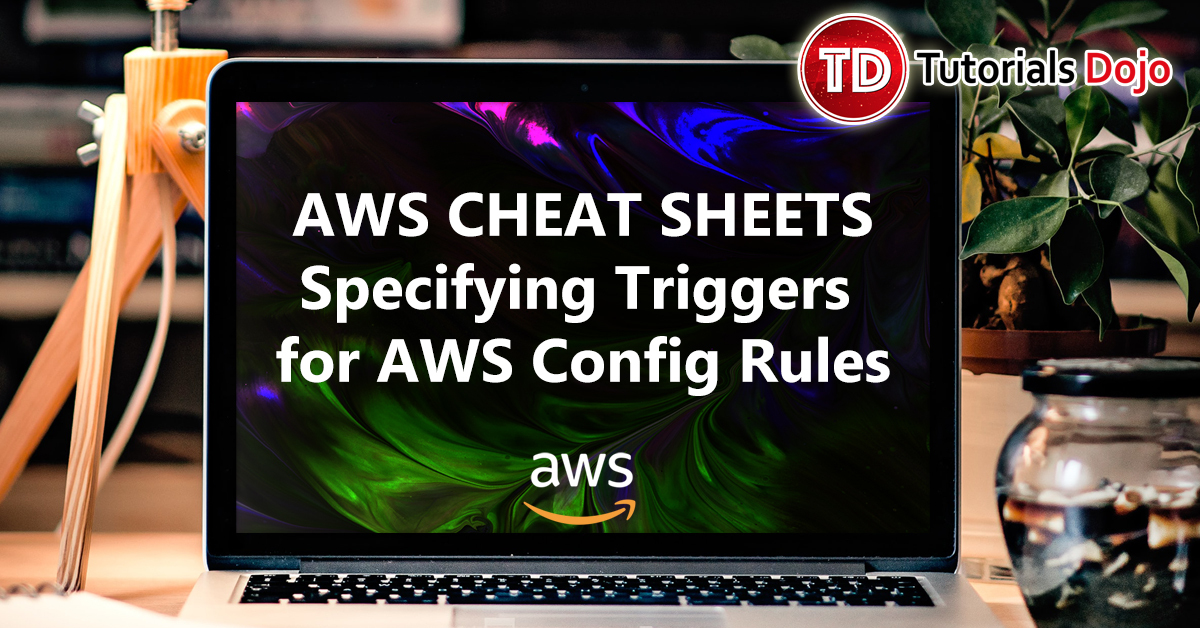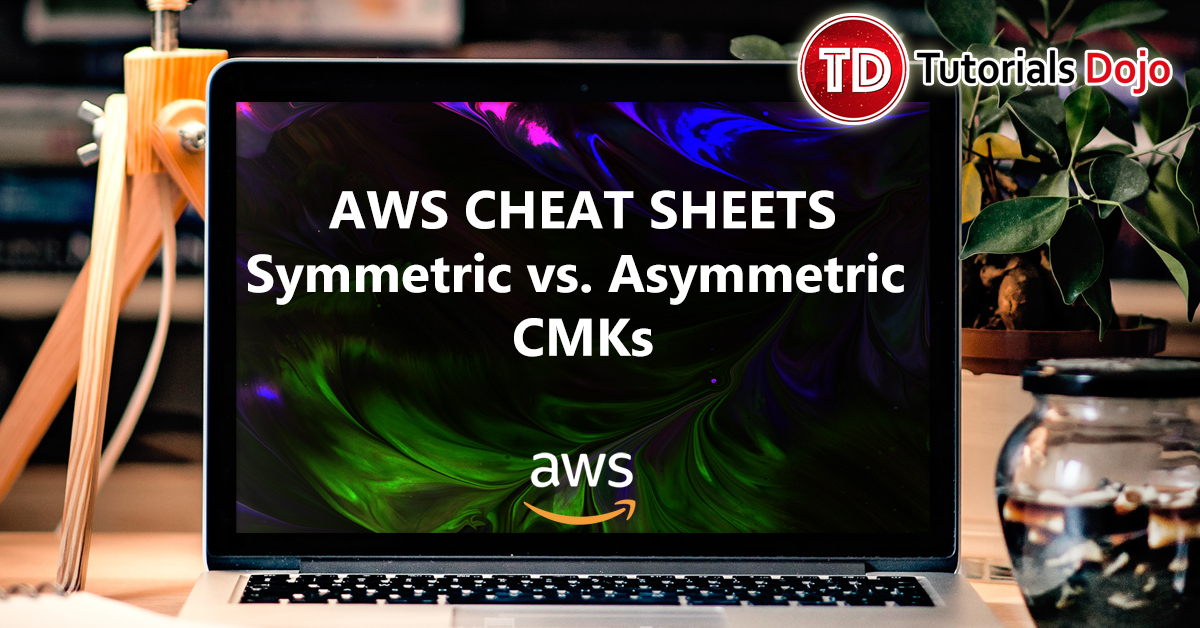SFTP On Your Ubuntu EC2 Instance – Quick and Simple Setup
Carlo Acebedo2023-04-27T03:22:05+00:00SFTP, which stands for Secure File Transfer Protocol, is a method of transferring files between computers. It operates over SSH (Secure Shell) and uses public-key cryptography for authentication. This means that your login credentials and file transfers are encrypted, making them much more secure than the traditional FTP (File Transfer Protocol). Why SFTP over SCP? SFTP and Secure Copy Protocol (SCP) are both network protocols that you can use for transferring files. They also both run on the same default port (22) for SSH. However, when it comes to transferring large files securely, SFTP stands out as the better option. [...]

